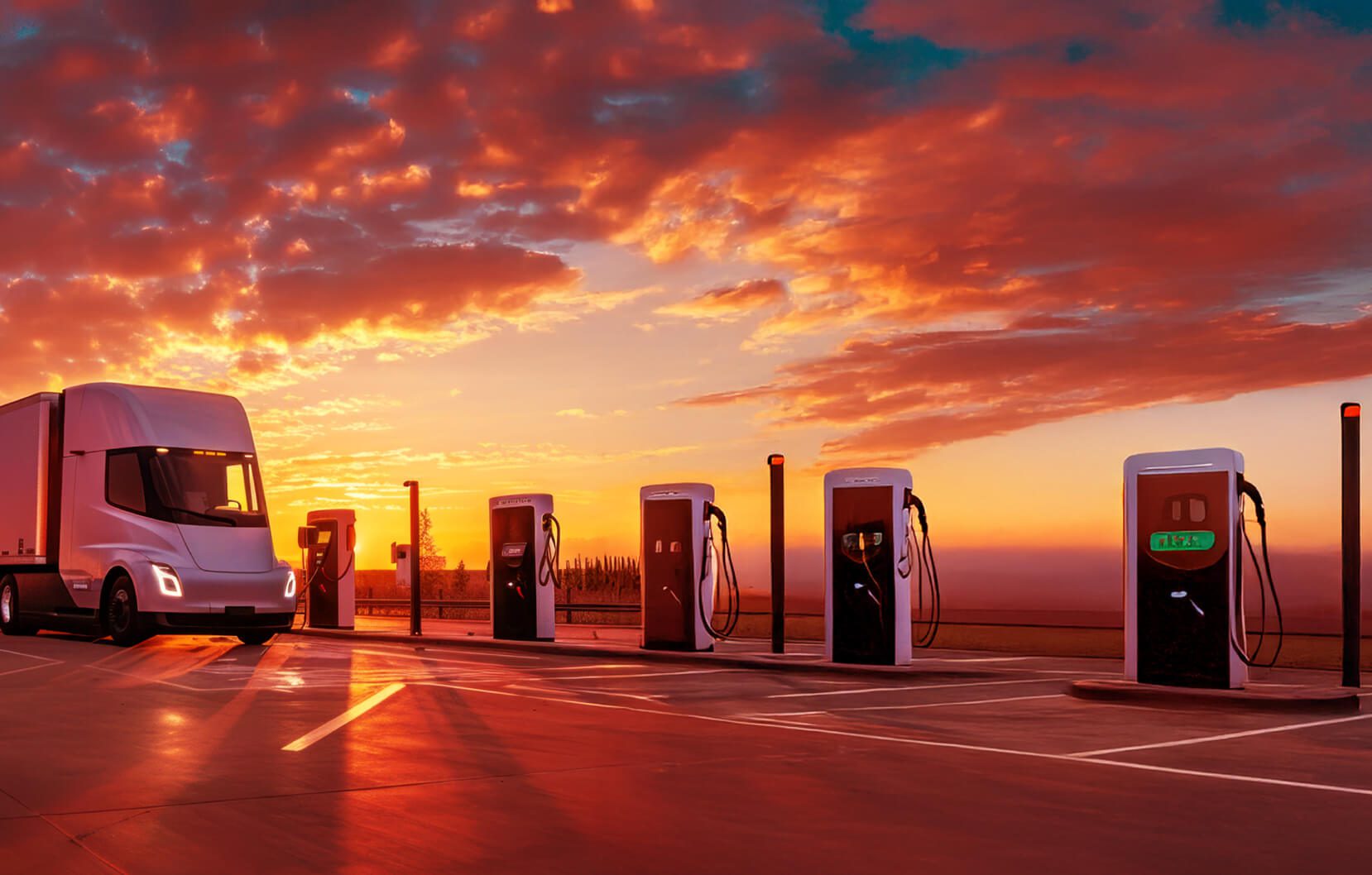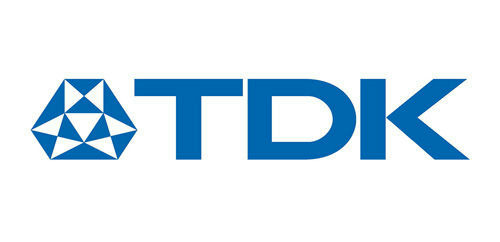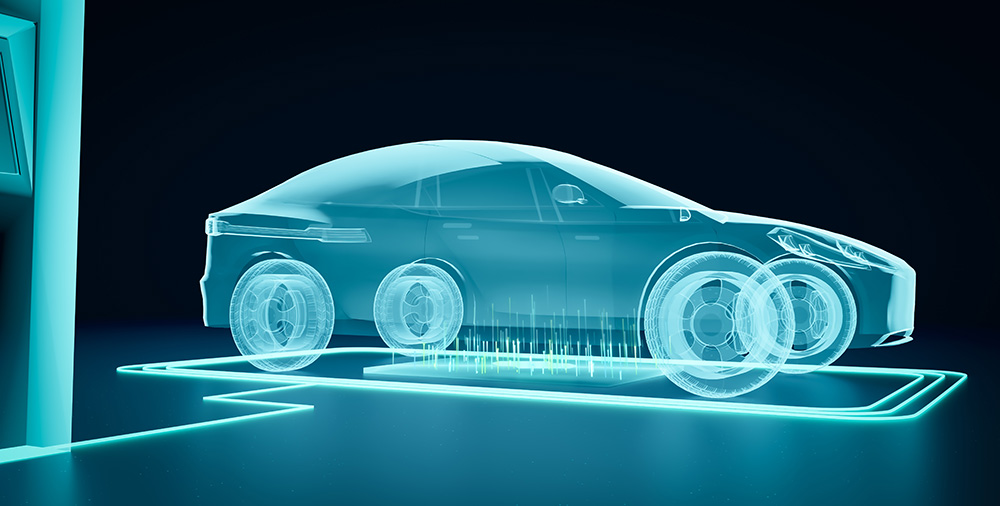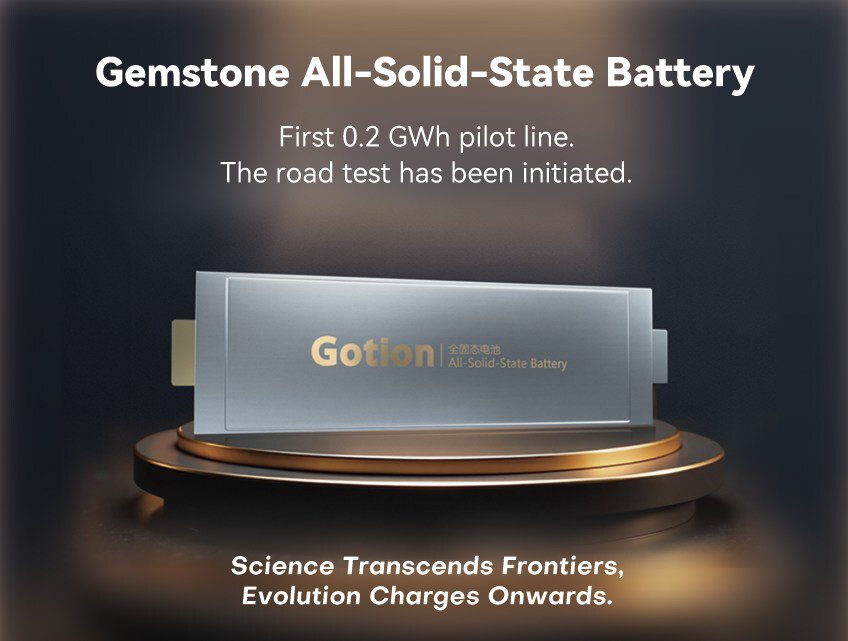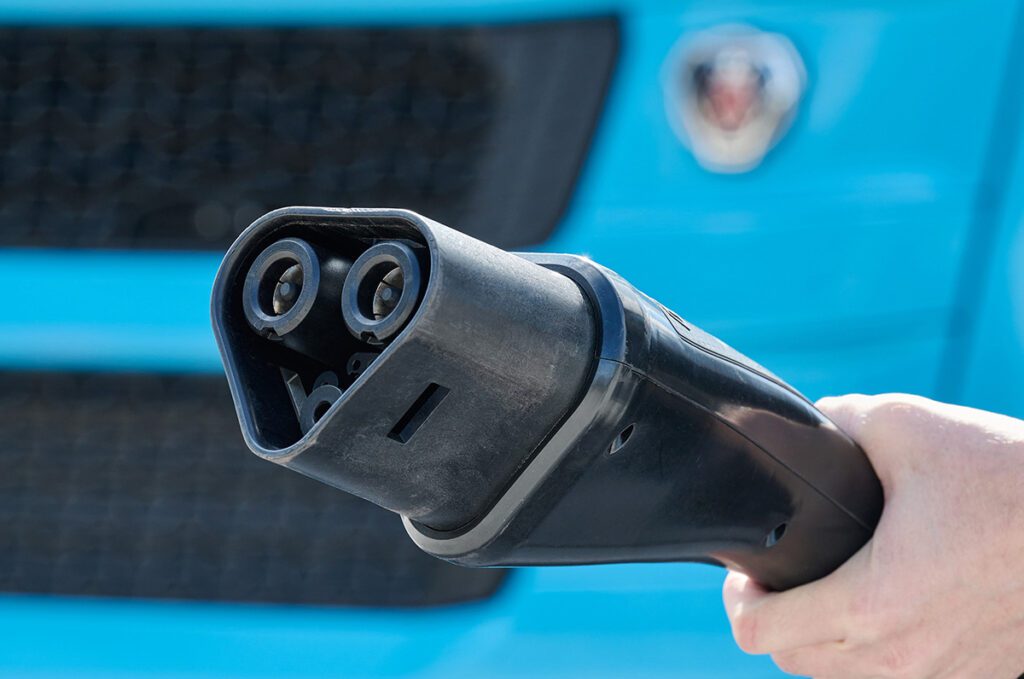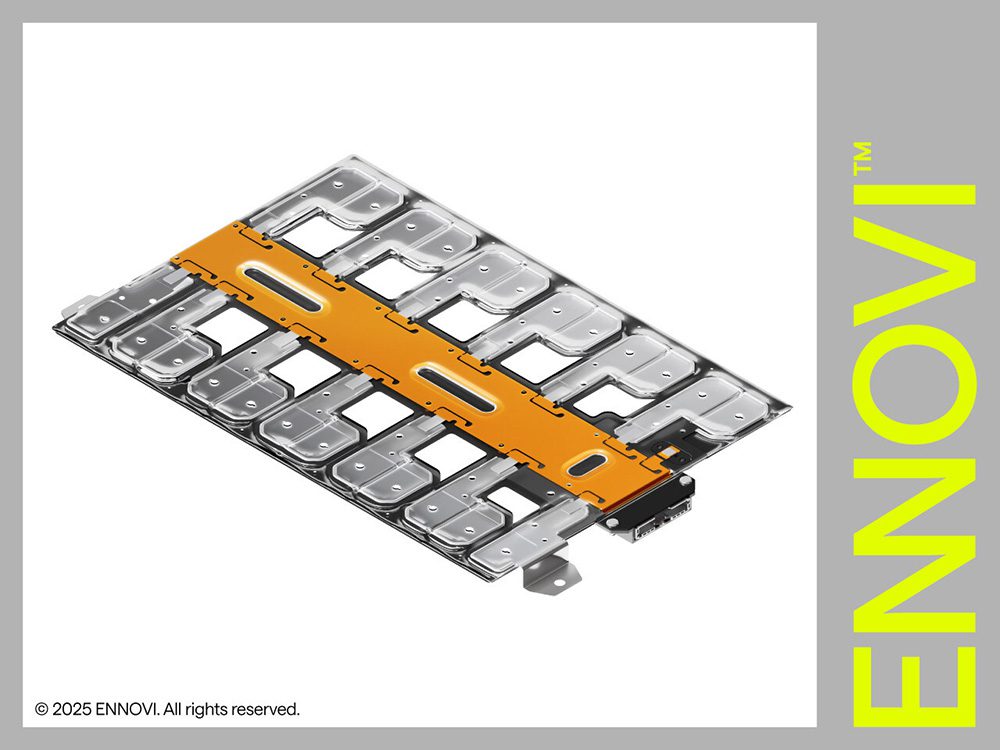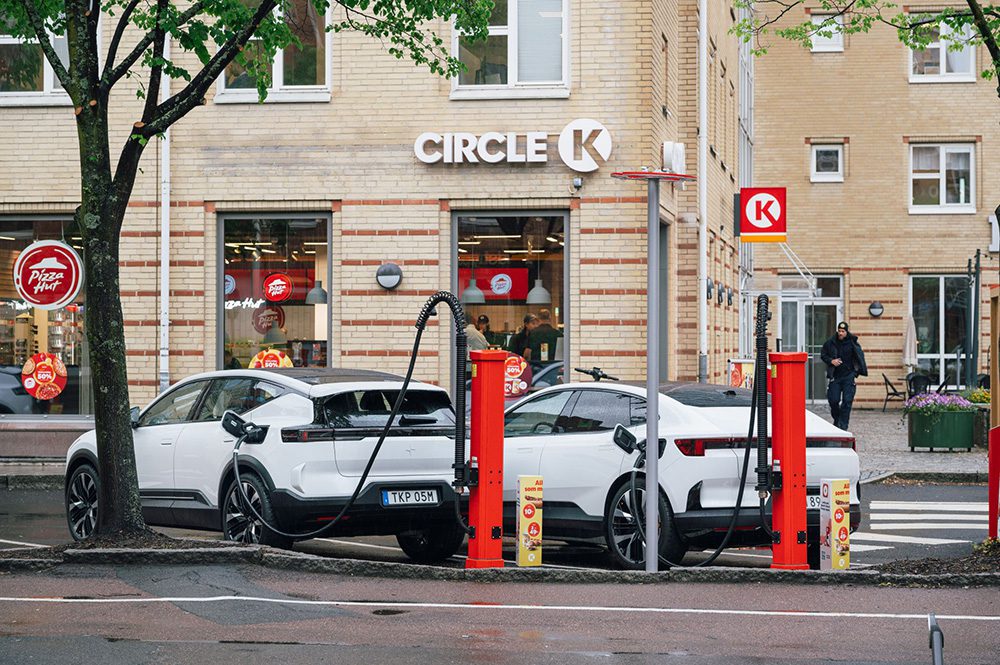Q&A with environmental lawyer Maureen Gorsen
California has led the nation in the fight against air pollution. The state has consistently implemented clean-air rules that are stricter than those imposed at the federal level, including the zero-emission vehicle (ZEV) mandate, which requires automakers to produce a certain number of electric vehicles.
The Trump administration attempted to revoke California’s right to set its own more stringent standards. The election of President Joe Biden ended that threat for the moment, but a long and complex rule-making process lies ahead. The reinvigoration of the body of interrelated federal and state fuel economy and emissions regulations will have major implications for the auto industry and the environment. To get an idea of how these are likely to take shape, we spoke with environmental lawyer Maureen Gorsen, who has served in executive positions at several California regulatory agencies.
Charged: We’re all waiting to see what President Biden’s EPA is going to do in terms of updating the federal emissions standards. How do you think they’re likely to roll?
Maureen Gorsen: I think they’re going to do more than just roll back the Trump rollback [but] I think the money is on them not trying to upset the applecart until 2026, but to do all of their more aggressive stuff in the post-2026 environment.
Charged: So, you think they’re probably just going to restore the Obama-era targets for now?
Maureen Gorsen: The engineers of the car companies, it takes them several years to design their cars—I think they like three years lead time. There’s only five years [until 2026], so I don’t know if they’re going to try to push, but they could push and make it till 2024—I guess it just depends if they want to go beyond.
Probably, they’re having meetings with the engineers for the car companies—I’m sure there’s a lot of backroom stuff going on right now, because it’s not a public proposal yet. I’m not in the room where it’s happening, and I don’t know if anyone who’s in the room is at liberty to tell a reporter. But just knowing how these things have happened before, and certainly having witnessed exactly how the deal in California happened, it’s backroom discussions.
Charged: Do you think some automakers could gain a competitive advantage if the EPA imposes more stringent standards?
Maureen Gorsen: I’m sure that some of them are ready to break away from the pack, and could do more, so there’s an economic advantage to them if [the EPA] pushes to 51 miles per gallon by 2025 instead of 46 by 2026 [for example]. And then, each carmaker has a different portfolio, so Ford, which still has tons of room on its EV tax credits, is in a different position than GM, which is why GM did not sign on to [the 2019 California deal] but then later did.
Automakers know what they can engineeringly achieve, whether they can meet 51 miles per gallon or 60 miles per gallon or whatever, so they can direct their government relations people to take different positions. And some of them are at a disadvantage, whatever their portfolio is, what their best-selling cars are versus their least-selling cars are, but it’s math and engineering that they are doing internally to determine what their position is.
Then, for the Biden administration, so much of it is about signaling. If they know that the big companies, the ones in Michigan, are not going to object, or we’re splitting them, it will change how they come out with their rules.
Charged: Part of what the Trump administration was trying to do was to take away California’s ability to set its own stricter standards. Is that battle over now? California’s stricter standards are no longer in danger?
Maureen Gorsen: Absolutely. And they were never really that much in danger. They were stalled a little bit. But that was the only time ever that a waiver had been repealed.
Charged: There are other emissions regulations in California, like nitrogen oxides and particulates, correct?
Maureen Gorsen: Oh, yeah. And there’s fleet rules, too. California has all these fleet rules, and they’re going to just continue to ratchet on that big time. The whole mix of what’s sold in California will continue to ratchet down. There’s nothing the feds can do about California’s fleet rules.
Charged: Will there be stricter federal rules?
Maureen Gorsen: Oh, there will be, because they just nominated Steve Cliff [to lead NHTSA]. He was the intellectual guru at CARB. He’s been there for over a decade. He was Mary Nichols’s right-hand man, he was the intellectual heft that supported everything. Biden just appointed him to head NHTSA.
Then you have [Secretary of Transportation] Pete Buttigieg. What the hell is Pete Buttigieg doing as the head of the Department of Transportation and Steve Cliff from the Air Board as head of NHTSA? It’s because the biggest obstacle to really reducing the carbon footprint of cars is safety. It’s always been the biggest obstacle. The number-one way the car companies have slowed down emissions standards in California is by raising federal preemption of safety requirements.
If they make cars out of tinfoil, they will absolutely get 100 miles per gallon right now, but you can’t make cars out of tinfoil. You better have some steel. You better have some reinforcements to meet those crash [tests]. That has been probably the biggest hurdle—not the biggest engineering hurdle, but the biggest legal hurdle. That’s huge. The Pete Buttigieg/Steve Cliff combination will really unleash California.
Bottom line is, once California does a stricter standard, that becomes the de facto federal standard.
Charged: When this struggle about California was going on, we heard this refrain that automakers “don’t want to have to design cars for two different markets.” But as I understand it, that’s never been the case anyway. Automakers don’t produce different models for different states, do they?
Maureen Gorsen: No. Bottom line is, once California does a stricter standard, that becomes the de facto federal standard. [However], there are vehicles, I think, sold outside of California, that don’t meet California standards—some of the lawnmowers and motorcycles, you cannot get those in California.
Charged: The Trump crusade to water down those regulations turned out to be a lot harder than they thought it would be.
Maureen Gorsen: Well, it’s because we live in a democracy. Governors and presidents try to do as much by executive order as they can, but they cannot change laws and regulations. We have a constitution and separation of powers, and laws and regulations have to be adopted by elected people. This is administrative law 101. The legislative body has to pass a law, and then they have to give the authority to develop rules and regulations to an agency, which then has to follow the rules that the legislature set out for them.
Governor Newsom said, “We’re banning fossil fuel cars by 2035,” [but] they’re not banned right then and there. He said that as an executive order, but now the laws and the regulations have to go into effect to make that ban stick. He sets out the goal, and now the legislature and the agencies will set out the rules to enforce that goal.
That’s the administrative rule-making process, which gives everybody an opportunity to notice what they’re doing, to comment on it, to have their say. Then the rules have to be in compliance with the laws, so they have to be clear. There are all sorts of reasons why rules can be tossed out by judges: [for example] they’re vague, they’re over-broad, they’re ultra vires [beyond an agency’s legal power or authority]. Then if anyone thinks an agency has exceeded their authority, they go to the judicial branch and say, you didn’t follow the rules.
If the industry doesn’t challenge it, the NGOs may challenge it—it’s never good enough for both sides. It’s very rare that EPA ever does a rule that somebody doesn’t challenge.
Charged: So, whatever the Biden EPA wants to do with fuel economy standards, this is going to have to go through a long process, and there’ll be judicial challenges.
Maureen Gorsen: Could be. If the industry doesn’t challenge it, the NGOs may challenge it—it’s never good enough for both sides. It’s very rare that EPA ever does a rule that somebody doesn’t challenge. This is another reason why [EPA] might just roll back and do what existed before, because the less substantive discretion they exercise, the less risk of challenge there is. That’s one reason a lot of people think they’re going to go back to the way it was four years ago, and then worry about how they want it to look post-2026.
Charged: It sounds like implementing California’s ICE ban is going to be a long process that unfolds over a few years.
Maureen Gorsen: Right. But 2035 is far enough in the future, there’s plenty of time to get all those rules into place. Your typical rule making would be a year or two to get through all the process and also to make a record that will withstand judicial challenge. That’s what the agency’s doing—creating an administrative record, so that when somebody says, “You didn’t go far enough,” or, “You went too far,” the judge is going to review it and say, “No. They looked at all the comments. Their decision’s supported by the evidence.” That’s part of what the agency works on—not just getting it right, but that whatever decision they make is supported with evidence in the record.
Charged: Is that what the Trump administration failed to do?
Maureen Gorsen: Well, we’ll never know, because Biden halted the litigation.
These things don’t ever end at the superior court level. We have three levels—the superior court, the appellate court, and the Supreme Court—both in state and federal law. So when people are this divided on topics, it never ends at one court level. It would go to appellate court and then to the Supreme Court. That’s why I think [the EPA will] just go back to [the previously existing fuel economy standards]. Then they focus on the post-2026 world.
Charged: Broadening the picture beyond emissions regulations, what’s the best thing the federal government could do to accelerate EV adoption?
Maureen Gorsen: The traditional tools—the fuel economy and emissions standards—put pressure on the suppliers of the cars, but then you also have to create the demand.
For me, I would like to buy an electric car. I would pay more [but] I have no place to charge, and I don’t have time to go find a charging station and spend an hour there in line. I can barely get my car’s oil changed, and I only do that every three to four months. For me, the most important thing is going to be charging stations.
Also, here in California, we have this weird utility system where we have three major private utilities [PG&E, SoCal Edison, and SDG&E] but then there’s also a lot of municipal utilities, which are much more affordable. The investor-owned utilities, the rates are so high—if you’re living in PG&E territory, you’re paying some outrageous electricity rates.
There’s a serious dichotomy between a municipal utility versus an investor-owned utility. Investor-owned utilities get sued. You’re paying for the wildfires, you’re paying for spills, you’re paying for the Erin Brockovich lawsuit. You’re paying for every mandate that’s imposed on investor-owned utilities that’s not on municipal utilities. The disparity between those two [types of] utilities is huge in California.
Charged: So, finding a way to make electricity rates lower and more uniform would help to encourage EV adoption. Is there anything else you would like to tell me about the road ahead?
Maureen Gorsen: Basically, we are decarbonizing. It’s not just cars. It’s also buildings. It’s everything. Everything’s being decarbonized. It’s full electrification going forward.
State regulations interact with federal standards in complex ways. For more insights about the future of emissions regulations at the federal level, read our interview with former EPA exec Margo Oge.
This article appeared in Charged Issue 54 – March/April 2021 – Subscribe now.

